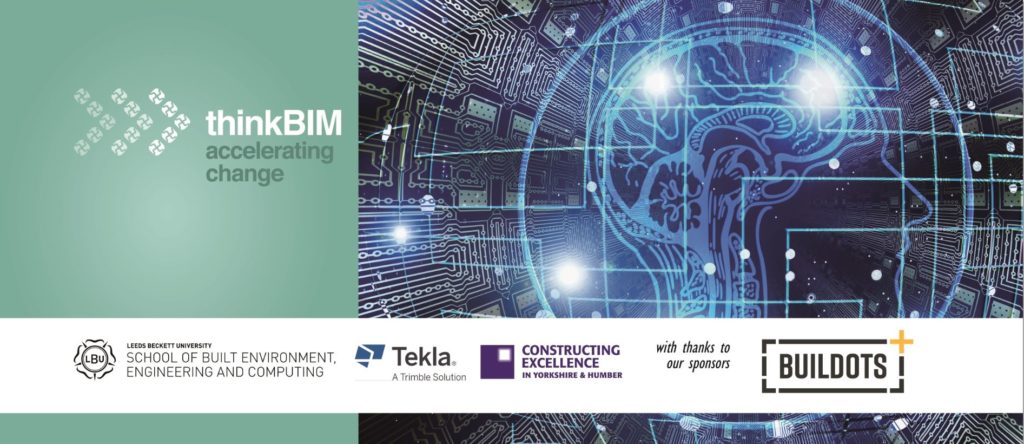Getting the BIM Message Out There

By Claire Bowles , thinkBIM
Pretty much all of the fabulous peeps I am fortunate enough to work with in the world of CKE Networks seem to have an ability to communicate well in the written word. Being someone who would rather watch a you tube clip or listen to an audio book than read anything longer than a short article or graphic novels (certainly not academic assignments that are forced upon me ) I find this a little strange and something I had never considered doing, but I figure that now is as good a time as any to give it a go ….
Following a positive couple of weeks, another successful thinkBIM team effort and well received BIM training workshops for the CITB to a real mixed cross section of construction professionals (from infrastructure contractors to interiors designers, plastering sub contractors and suppliers of aggregate products) … I thought I would communicate my thoughts via the written medium of a blog piece …. Slightly terrified but here goes . ….
It’s difficult to pitch isn’t it … Intro to BIM. You don’t want to dumb it down too much and at the same time don’t want to overload people with very technical at, at times complex information. Putting the fear of god into organisations just starting out on their journey isn’t really a recipe for success for anyone.
In our ‘Introduction to BIM’ our very own @djhreed67 gave an information packed presentation which left the people in the room filled with raised eyebrows, quizzical looks and challenging questions. But as the afternoon progressed to group activities and the participants started to look at their own organisations, and how they think BIM will impact on them, you could see them gradually shift from a doubtful, sceptical ‘glass half empty’ view to a slow but strong realisation of the benefits that could be realised through this new way of working. Only by trying to give the wider picture first and then applying the relevant parts to their business could this ‘de-mystifying BIM’ process be achieved for our training course participants.
A recurring issue and barrier to the uptake of BIM, identified in the workshops, has been a ‘lack of knowledge’ a lack of ‘effective communication’ and lack of ‘organisational BIM strategy and vision’ both externally with a variety of stakeholders and clients as well as internally between members of the same organisation.
But is lack of of knowledge a barrier in today’s world of the internet of things, instant communication and ability to access information at the push of a button ? I’m not so sure … I am a strong believer that information is there for those who want to find it. I was always taught that if you don’t know something, ask someone who does. The same still applies now and you will find there is a whole community of BIMBods happy to share openly and accelerate positive change across our sector. As for those more concerned with retaining IP and not losing competitive advantage I think it’s time to leave your egos at the door.
Times they are changing and I am excited to be part of it even if in a small facilitator role in it all.
I can’t help but think of an expression I often heard as a child ‘could do better’. I do think there are ways that we all ‘could do better’ particularly when we can see a way of doing something better, cutting out waste in a process, finding ways to avoid duplication, reducing carbon on projects or just enabling better team working we must grasp it. So speak up, share your thoughts, tweet documents you find or write a blog piece.
But above all talk to your colleagues, put the case forwards for a new way of working …



Great post. This a much needed call Claire – we do indeed need to get the BIM message out there.
But at the same time the BIM message needs clarity of purpose, that BIM is a key improvement approach, and should benefit all in the built environment. As such BIM should be a compelling ‘want’ throughout the supply chain.
I know we keep talking about it being a people programme, a collaborative working approach to deliver better facilities, but the technology issue may still be a barrier to many getting enthusiastic.
I guess its how we make the switch from push to pull?